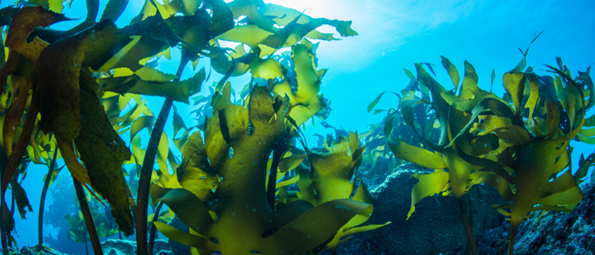
BioTechniques News
Beatrice Bowlby

Applying a molecule derived from seaweed to synthetic vascular grafts improves in situ endothelialization and could lead to better bypass surgery outcomes.
A recent paper from scientists at the University of Waterloo (Ontario, Canada) describes a novel method of modifying synthetic vascular grafts using fucoidan, a material made from seaweed. This natural material has a similar structure to the anticoagulant heparin. The researchers found this modification leads to the formation of an endothelial layer in situ and believe this could reduce the risk of common complications from bypass surgeries such as clot formation.
Patients may require vessel grafts following vascular blockages that starve vital organs of oxygen. Whilst the best option is to graft in a healthy vessel from the patient, limited availability means that synthetic vascular grafts are often required. However, the smaller artificial blood vessels currently used for these surgeries have low patency – the percentage of the vessel lumen that remains unobstructed after implantation. One reason for this is the lack of endothelial cells lining the grafts. Whilst previous research has enabled synthetic vascular grafts to develop an endothelial layer in vivo, this resource-intensive method is not replicable on a large scale. One goal for this field is to promote vascular cell growth after implantation, in situ.
Fucoidan is a natural material and is able to replicate the topography of natural blood vessels using a nanotechnology technique called micropatterning. In this study, the researchers adapted an existing synthetic graft material to include fucoidan.
 Don’t be a sucker! Octopuses inspire advance in tissue grafts
Don’t be a sucker! Octopuses inspire advance in tissue grafts
The suction cups of an octopus have acted as inspiration for a team of researchers looking to improve the speed and safety of thin tissue grafts.
The researchers implanted a synthetic rabbit carotid artery with and without fucoidan modification in a rabbit model to assess the molecule’s impact on vascular cell growth around the surface of the graft.
The results showed that the synthetic vascular grafts with fucoidan had 60% endothelial coverage throughout the length of the lumen in comparison with no coverage without fucoidan. They also found that the vessels with fucoidan were more likely to remain unobstructed when tested 4 weeks after implantation, reducing the risk of clot formation.
Senior author Evelyn Yim said, “A functional, off-the-shelf, small-diameter vascular graft will help save lives. What’s important is that they will be much longer-lasting and allow blood to flow freely.”
The researchers plan to test this synthetic graft in larger animals as the next step toward clinical trials.
The post Seaweed molecules improve synthetic vascular grafts appeared first on BioTechniques.
Full BioTechniques Article here
Powered by WPeMatico
